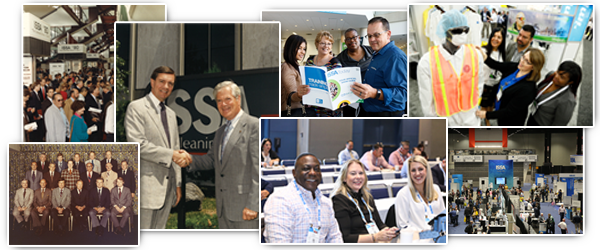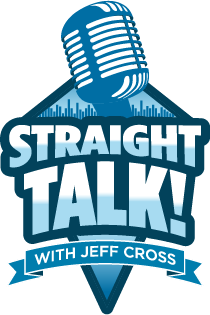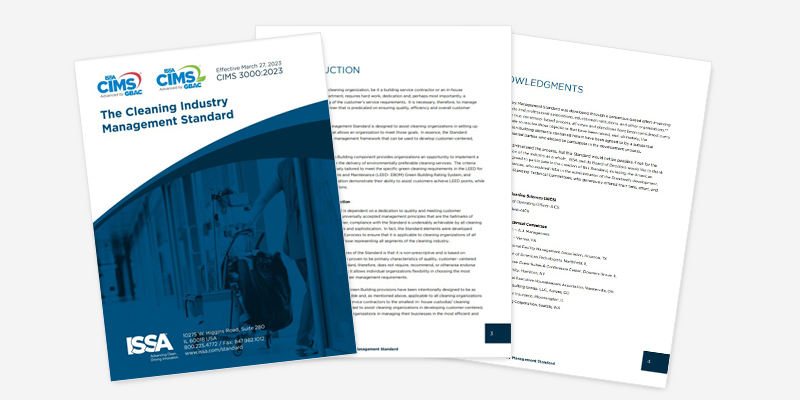From Planning to Performance

Strategic planning is no longer a luxury; it’s a leadership imperative. As discussed in the recent ISSA Today March/April 2025 article, Strategic Planning in Facility Management, companies must develop thoughtful direction to anticipate change, adapt quickly, and guide decision-making across the enterprise.
In that article, we discussed strategic formulation using two frameworks: 1) Blue Ocean Strategies and 2) Michael Porter’s Competitive Strategy. Both frameworks take companies through identifying long-term goals and deciding how to achieve them. It articulates the vision, mission, and competitive approach. But once formulated, the next question arises: How do you turn that plan into action? In this article, we move from strategic formulation to strategic implementation and explore how the Entrepreneurial Operating System (EOS) helps business service contractors (BSCs) make strategy stick.
Strategic implementation is the bridge between ideas and execution. It aligns people, processes, and resources to achieve the company’s strategic goals. Implementation often fails not because of flawed strategies, but because teams lack clarity, structure, and accountability. That’s where EOS shines.
EOS is a practical, proven framework that helps companies stay focused on their vision while removing the distractions that slow progress. By breaking down the business into six core components (Vision, People, Data, Issues, Process, and Traction), EOS gives companies a shared language, rhythm, and system to execute better, faster, and with more confidence. For small and medium-sized BSCs navigating tight margins, labor pressures, and rising client expectations, EOS provides the operating model to focus on what matters most: profitable, value-driven execution.
Through the CEO’s lens: Leading strategy from the top
For a CEO of a small business, EOS offers a high-leverage way to operationalize strategic intent. “The leadership teams I work with appreciate clarity of vision and role. Accountability is a natural outcome when transparency meets teamwork. Implementing EOS reminds me of the saying that you can go fast alone, but go further together as a team,” said David Ingram, professional EOS Implementer® at EOS Worldwide.
Here’s how EOS helps senior leadership translate the plan into measurable action:
- Vision: Define and communicate a clear 10-Year Target, 3-Year Picture, and 1-Year Plan using the Vision/Traction Organizer™ (V/TO). For example, if your vision includes becoming the most sustainable cleaning provider in the Midwest, EOS helps bake that goal into every layer of the company.
- People: Use the Accountability Chart™ to ensure the right people are in the right seats. This Chart is based on three primary functions in a business. They include these:
1) Marketing/sales. 2) Operations. and 3) Share services. - Data: Establish a simple scorecard with 5–15 weekly metrics (e.g., client retention rate, safety incidents, robot uptime, and productivity) to drive objectivity and spot problems before they escalate. CEOs can no longer rely on anecdotes; they make data-driven decisions using valid, actionable information.
- Issues: Use the Issues Solving Track (IDS) to address roadblocks quickly. If labor absenteeism spikes or proposals are turned down at a higher rate, the executive team solves it fast, without blame, just focus.
- Process: Document and optimize the company’s core processes and workloading, from janitorial onboarding to robotic deployment. EOS encourages companies to systematize their cleaning routines, so that “excellence” is scalable and teachable across every market.
- Traction: Conduct Level 10 Meetings™ weekly to review metrics, track priorities (Rocks), and address obstacles. These meetings are the heartbeat of accountability and progress for a small BSC CEO.
When EOS is running properly, the CEO no longer has to come riding on their proverbial white horse to solve problems (which is a problem in itself). Instead, they lead a culture of ownership, clarity, and continuous execution. For a small business CEO, this means scaling without chaos and winning enterprise contracts with confidence.
“We originally implemented the EOS model in 2020. It has been instrumental in helping our company maintain focus and structure throughout a period of growing pains. My favorite aspect is the framework it provides for turning strategy, vision, and values into practical action,” mentioned Tony Maione, president of Core America.
Translating strategy into daily work
Strategic planning frameworks like Blue Ocean Strategy and Michael Porter’s Competitive Strategy define where to play and how to niche your strategy and win. EOS defines how to execute. As a small BSC moving from creating uncontested market space (Blue Ocean) or defending market position (Porter), EOS turns those insights into processes, scorecards, and meetings that drive results.
For front-line operators or mid-level managers at small BSCs, implementing EOS ensures strategic clarity doesn’t get lost in translation. Here’s what EOS looks like from their side:
- They follow standardized processes: They have clarity on the “Why.” Simon Sinek is the master of the “Why.” As an author and inspirational speaker on business leadership, Sinek’s view is: “Most organizations only focus on WHAT they do and HOW they do it—tactics and strategies—and they aren’t even aware that this thing called the WHY exists. Focusing on only two pieces of a three-piece puzzle leaves an organization out of balance.”
EOS aligns your teams to the vision so a site supervisor doesn’t just hear “We’re piloting robots (and think it might take my job)” but understands, “We’re testing automation to reduce labor strain and cost and improve shift consistency.” Whether it’s how to clean a 100,000 sq ft floor or onboard a new piece of equipment or cleaner, documented processes reduce execution variance.
- They own scorecard metrics: Operators are measured on things they can control. For example, incident reports, robot usage, preventive maintenance, or supply reorders are not just arbitrary outputs or gut feelings.
- They solve issues in real time: Level 10 meetings at the operations level empower team leaders to raise and solve problems, from routine cleaning on a regular basis to project work on a periodic basis.
- They work on quarterly Rocks: Instead of just “staying busy,” operators work on quarterly priorities that tie to bigger goals and maybe bonuses. For example, onboarding two new sites or improving equipment break/fix turnaround.
In short, EOS turns abstract strategy into actionable execution and holds everyone accountable. It also gives operators the system and support to turn objectives into outcomes into reality and helps CEOs sleep better knowing the team is rowing in the same direction.
From implementation to execution
In our next article, we’ll explore the final phase of strategic planning: Strategy Execution, which is how you evaluate and refine your implementation efforts. Execution is about measuring what’s working, addressing gaps, and reinforcing alignment, resulting in what and how we should invest and spend our scarce financial capital. It’s the discipline that ensures strategy becomes results, not just rhetoric. As a challenge to every small BSC leader reading these articles: If you’ve done the planning and defined your strategy, are your teams truly implementing it with discipline, or are they still winging it? Look into EOS to help you answer that question because a great plan without execution is just a hallucination.
“EOS brings order to entrepreneurial chaos. It clarifies purpose, aligns people, and builds momentum. I like to say, it reveals hidden truths in the business,” explained JJ White, professional EOS Implementer® at EOS Worldwide.
For leaders who want to steward their businesses well, it’s a proven path from vision to real results.
Jon Hill is the CEO of Cobotiq and provides business managers with information on how to create and implement profitability. He is a frequent speaker and presenter on the future impact of automation and technology in the cleaning industry.

















